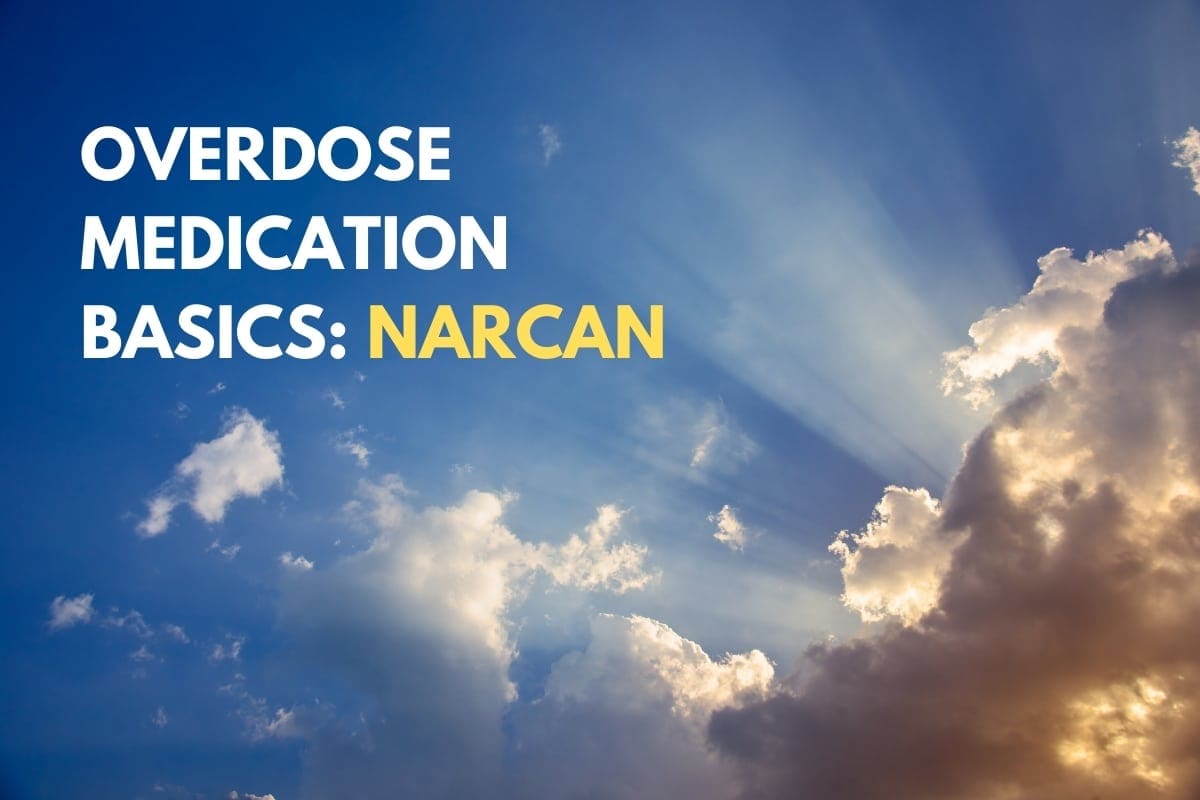What Is Narcan?
Narcan is a brand name of the overdose medication naloxone. It is used to counteract the depressive effects of opioids, essentially reversing an opioid overdose. As an opioid antagonist, Narcan is able to quickly restore breathing function, increase blood pressure, and aid in the management of septic shock.
How Is It Used?
Narcan is available in three FDA-approved forms: an injectable, an auto-injectable, and a nasal spray. For injectable use, it can be administered intravenously (into the veins), intramuscularly (into the muscle), or subcutaneously (under the skin). Needle-based administration is usually limited to medical professionals while the other two forms are recommended if given by untrained individuals.
While all three forms of Narcan are equally effective, they can vary in potency. The nasal sprays have a higher concentration of 2mg/2mL compared to the injectables which only have 0.4 mg/1 mL. Depending on the strength, the effects of Narcan are only temporary and will wear off in 30 to 90 minutes. This medication is not a substitute for medical treatment and emergency services should be contacted immediately after having been administered. The overdose victim should receive CPR until help arrives.
When To Use Narcan
This medication can be given anytime an overdose occurs, however, it will only work if the individual has opioids in their system – it is ineffective with overdoses from other drug classes. Narcan will have no effect otherwise and cannot be used pre-emptively to opioid use to prevent an overdose. As such, it’s crucial to know the signs of an opioid overdose; they include:
- Faint heartbeat
- Inability to speak
- Limp arms and legs
- Low blood pressure
- Pale skin
- Purple lips and fingertips
- Slow, shallow breathing (or no breathing altogether)
- Small pupils (“pinpoint pupils”)
- Unconsciousness or unresponsiveness (if you are unable to wake them with loud noises or by rubbing on their sternum)
- Vomiting
Narcan’s efficacy can be affected by the strength of the opioid used. Particularly strong formulations such as fentanyl may require multiple doses of an overdose medication to take effect. On a related note, overdose symptoms can return after Narcan has been administered, depending on the half-life of the opioid. In these instances, another dose can be given in 2-3 minutes.
Narcan Side Effects
Narcan rarely causes any sort of side effects, at most they are usually allergic reactions. However, what is quite common is that the sudden removal of high-inducing opioids like (heroin or oxycodone) can trigger opioid withdrawal symptoms shortly after Narcan is administered. The withdrawal symptoms range in severity from mildly inconvenient to life-threatening:
- Body aches
- Diarrhea
- Fever
- Headaches
- Increased blood pressure
- Irritability or aggressive behavior
- Nausea and vomiting
- Rapid heart rate
- Restlessness
- Stomach cramps
- Sweating
- Tremors
Can You Become Addicted To Overdose Medication?
Narcan does not cause any sort of high and therefore has no risk of causing addiction or physical dependence. Narcan has no effect if it is used when opioids are not present in the system. It is not a controlled substance and fairly easy to get without a prescription.
Get Help Managing an Opioid Addiction
Although Narcan can be life-saving, it’s still a short-term fix that doesn’t treat addiction itself. Overdose medications are essentially a bandage, offering temporary aid for a debilitating illness. If you or a loved one are struggling with opioid addiction, contact us today to create a personalized treatment plan.


































